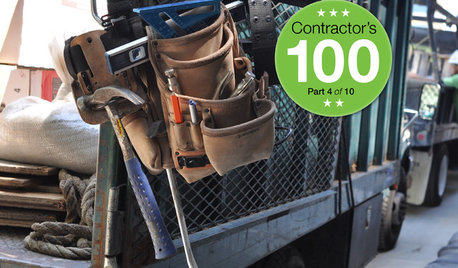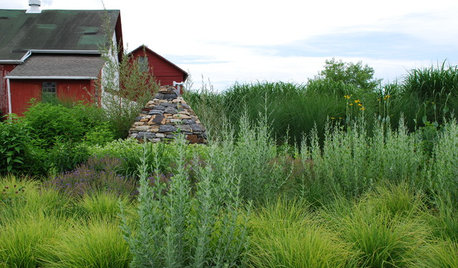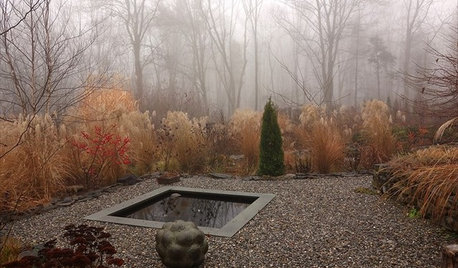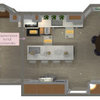where do I find what the 'ASTM' numbers mean?
ilmbg
14 years ago
Related Stories

REMODELING GUIDESWhere to Splurge, Where to Save in Your Remodel
Learn how to balance your budget and set priorities to get the home features you want with the least compromise
Full Story
ARCHITECTURE10 Custom Doors That Uncover Meaning
Break out of the standard-door rut by learning a significance that few people ever consider
Full Story
DECORATING GUIDES8 Ways to Decorate With Love and Meaning
Surround yourself with happy memories, inspiring messages and delightful drawings for a home that brings joy every day
Full Story
REMODELING GUIDESContractor Tips: What Your Contractor Really Means
Translate your contractor's lingo to get the communication on your home project right
Full Story
LANDSCAPE DESIGNMysticism and Meaning Meet in an Ohio Artist’s Gardens
Step into landscape scenes rife with symbolism, inspired by math, philosophy and the stars
Full Story
LANDSCAPE DESIGNProblem Solving With the Pros: An Abundant Garden Stretches Its Means
Swaths of resilient, eye-catching plants thrive with little care or resources in the landscape of a Pennsylvania farmhouse
Full Story
SMALL SPACESDownsizing Help: Where to Put Your Overnight Guests
Lack of space needn’t mean lack of visitors, thanks to sleep sofas, trundle beds and imaginative sleeping options
Full Story
COFFEE WITH AN ARCHITECTHow to Design (and Live) With Meaning
Design and architecture have the power to make the world a better place. These 10 instructions can help
Full Story
LIFEYou Said It: Look for ‘Possibilities, Meaning and Identity’ and More
Design advice, inspiration and observations that struck a chord this week
Full Story
MORE ROOMSWhere to Put the TV When the Wall Won't Work
See the 3 Things You'll Need to Float Your TV Away From the Wall
Full Story







MongoCT
macv
Related Professionals
Lafayette Kitchen & Bathroom Designers · Shamong Kitchen & Bathroom Remodelers · Glade Hill Kitchen & Bathroom Remodelers · Beverly Hills Kitchen & Bathroom Remodelers · Garden Grove Kitchen & Bathroom Remodelers · Hanover Township Kitchen & Bathroom Remodelers · Olney Kitchen & Bathroom Remodelers · Patterson Kitchen & Bathroom Remodelers · Glenn Heights Kitchen & Bathroom Remodelers · Hamilton Square General Contractors · Havelock General Contractors · Irving General Contractors · Newington General Contractors · North Lauderdale General Contractors · Poquoson General Contractorsbrickeyee
macv
manhattan42
manhattan42
macv
macv
macv
ilmbgOriginal Author
macv
macv
manhattan42
macv
macv
macv
macv
macv